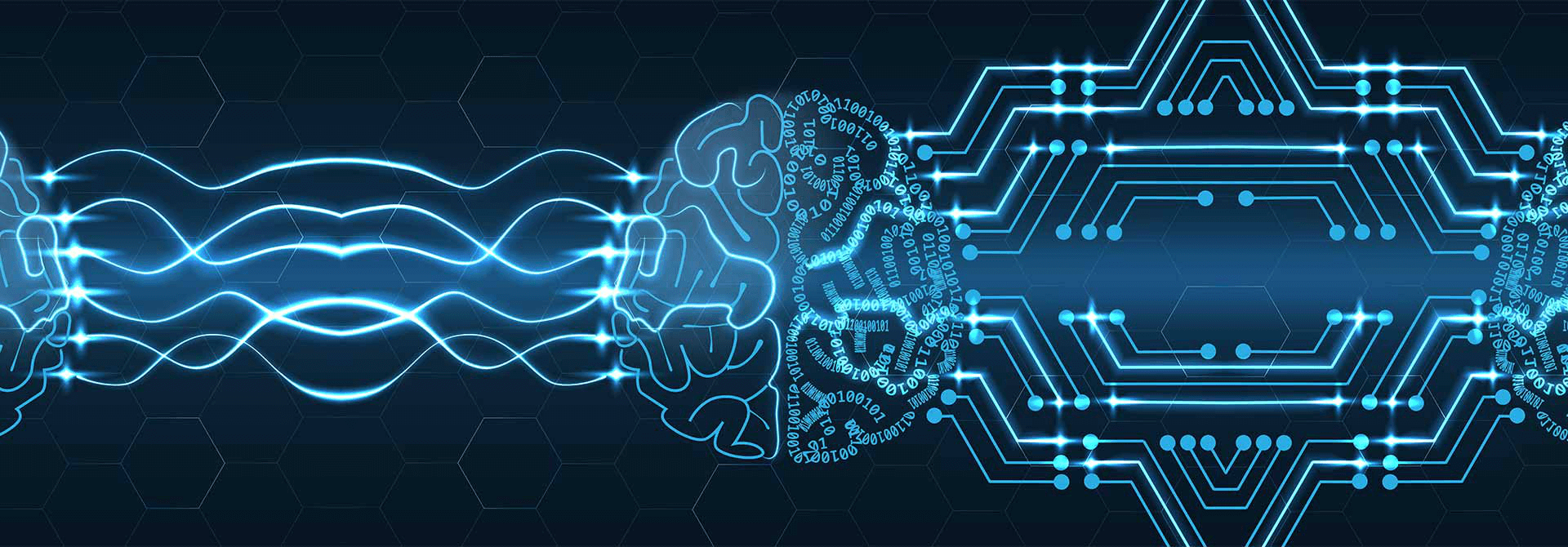Researchers at Massachusetts Institute of Technology (MIT) and Analog Devices have created a first programmable 16 bit carbon nanotube microprocessor. The transistors are CMOS logic with nanotube as channel instead of bulk Silicon. This processor containing 15,000 transistor could be a turning point in race to go beyond conventional computing using silicon.
Moving beyond silicon is not easy since no other technology has come closer to the reliability and scalability of current manufacturing process. One can get idea about how good we are at making transistors from the fact that we can add billions of transistors on a single chip.
Although the present 15,000 carbon nano-tube transistor won’t be able to compete with its silicon counterpart but its manufacturing was done with the technology that has been working in commercial world. So, that gives the computing field to move towards future beyond silicon.
Unsurprisingly, this chip was tested with ‘Hello world’ program by Professor Max Shulaker, who is the assistant professor in the institute. It will be interesting to see where does nano-tube based CMOS technology takes us.





